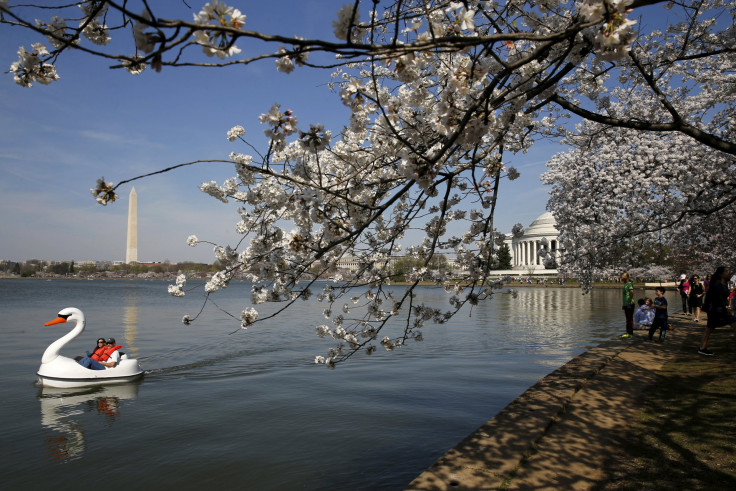When Does Spring Start 2017? Vernal Equinox To Usher Warmer Weather, Longer Days

It has been one of the warmest winters on record in the United States and the start of spring is ready to usher in yet more sunshine. In 2017, the vernal equinox will occur on March 20 in the northern hemisphere, marking the moment that the sun crosses the celestial equator.
It is the time when the length of days and nights are almost equal, hence explaining that fact that “equinox” derives from the Latin word meaning "equal night." At that point, the two hemispheres are receiving the sun’s rays almost equally due to the tilt of the Earth relative to the sun.
Read: Climate Change Will Soon Make Freakishly Warm Winters The Norm, Scientists Say
It is one of two equinoxes each year, the other, the fall equinox, is set to occur on Sept. 22 this year in the northern hemisphere.
The date of the equinox was first crystallized by Roman dictator Julius Caesar with the establishment of the Julian calendar in 45 BC. However, because the Julian year had a length of 365.25 days, rather than the true length of 364.24219 days, the date of the equinox gradually crept back earlier in the year at the rate of one full day every 128 years. With the move to the Gregorian calendar in 1582, the Spring Equinox was set so it would always occur between March 19 and March 21.
That, however, is just the astronomical start of spring. Meteorologists have a very different timescale. For those monitoring weather, spring begins every year on March 1 in the northern hemisphere and continues until the start of summer on June 1.
Meteorologists divide the world into quarters based on temperature cycles rather than the position of the Earth relative to the sun. That means you should have seen an uptick in temperatures since the start of this month.
However, last month saw the highest February temperatures for much of the U.S. since records began in 1895. And climate scientists have warned that winters will continue to become a whole lot warmer in the years and decades to come due to global warming.
© Copyright IBTimes 2025. All rights reserved.





















